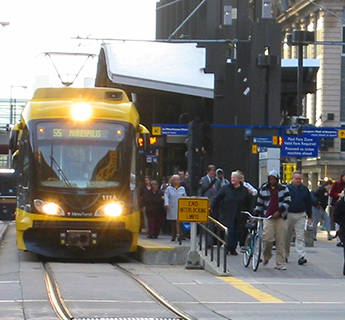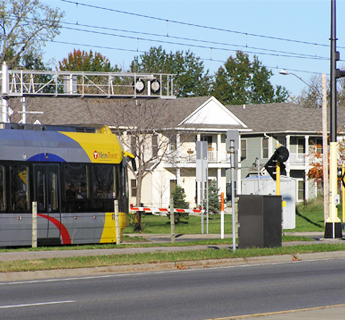Transportation and Equity: Ensure that the quality and function of the transportation system contributes to equitable outcomes for all people.


Achieving equity in transportation means that the quality of the transportation networks in the city creates fair and just opportunities and outcomes for all people.
The City of Minneapolis ensures that the quality of the transportation system is held to the same high standard throughout the city. This is done by using quantitative analysis to prioritize street projects based on the physical condition of the streets as well as equity criteria, defined as both the demographics of the areas served by the streets as well as modal needs along each street. This process is detailed in the 20-Year Street Funding Plan, which was created in 2016 and outlines the methodology of selecting capital street projects for improvement with a focus on racial and economic equity.
Ensuring that the transportation system functions in a manner that contributes to equitable outcomes requires measuring the success of this goal. The purpose of transportation is to access employment, goods and services, nature and recreation, and to participate in social and civic life. Increased availability of transportation and land use data can facilitate a better understanding of how access to the necessities of life varies by mode and geography and can help inform decisions about transportation and land use.
 ACTION STEPS
ACTION STEPS
The City will seek to accomplish the following action steps to ensure that the quality and function of the transportation system contributes to equitable outcomes for all people.
- Prioritize equity considerations in transportation programming as outlined in the 20 Year Street Funding Plan and continue to refine plans as necessary.
- Provide equitable and ample access to walking, bicycling, transit options, and a shared mobility economy.
- Develop ongoing measurements to track the effectiveness of the transportation system in contributing to equitable outcomes.
- Increase connections to isolated areas of the city that were created by historic inequities.
- Support strategies to improve mobility for seniors and those with mobility challenges.

